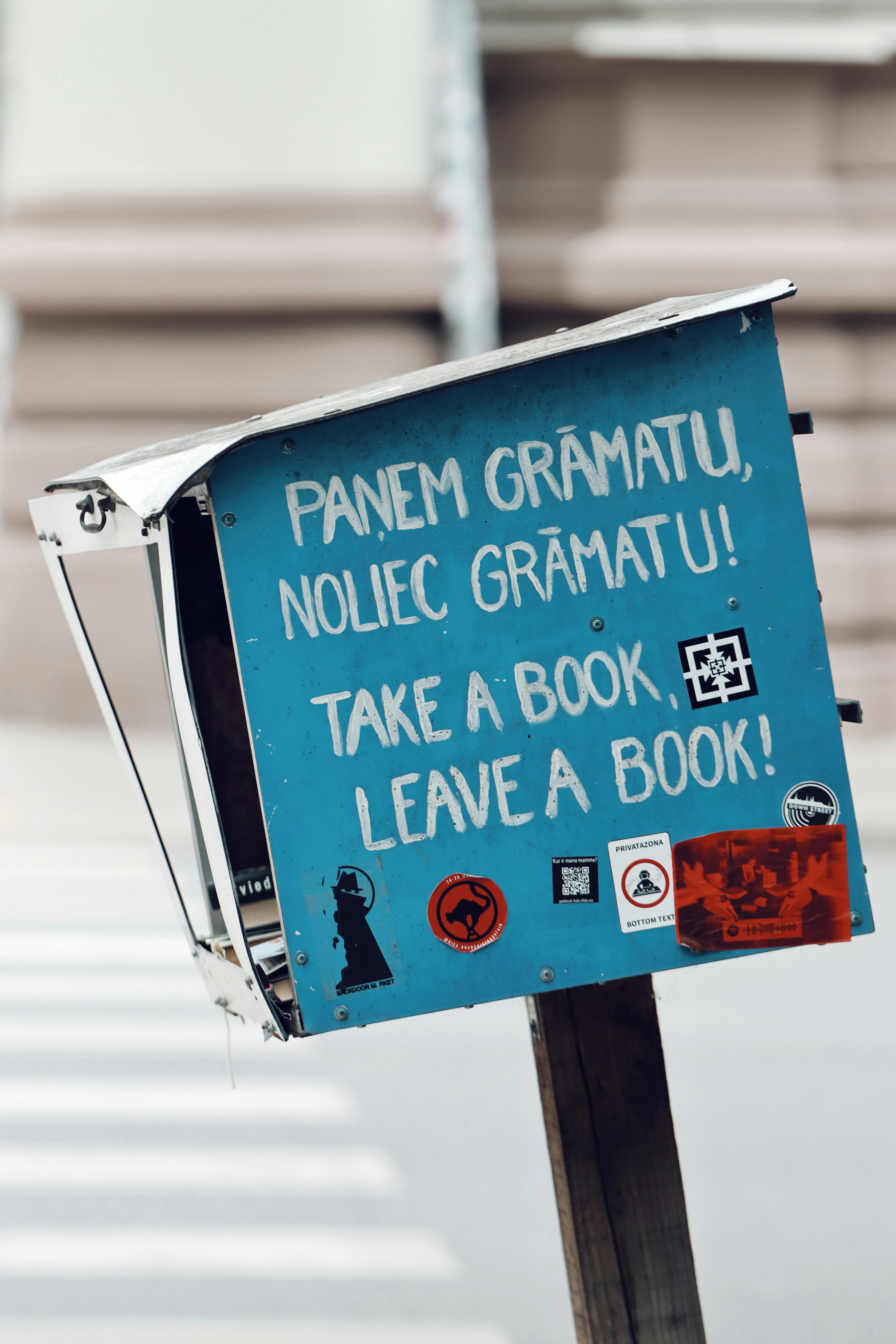Effective Ways to Stop Your Dog from Jumping on People
Jumping can be a common yet challenging behavior exhibited by dogs when they encounter new people. It's not uncommon for pet owners to be embarrassed when their furry friends greet guests with enthusiastic leaps. Understanding how to stop this behavior is essential for fostering a respectful relationship between your dog and visitors. Fortunately, numerous training methods are available today which can be effective in managing and redirecting this behavior.
This article delves into various strategies to address the issue of jumping, emphasizing the importance of positive reinforcement, consistent training techniques, and understanding your dog's behavior. You'll gain insights into using leash control, distraction techniques, and socialization skills to encourage calm behavior when your dog interacts with others. By the end of this piece, you will have a clear roadmap for improving your dog's manners and ensuring pleasant experiences for everyone involved.
Key takeaways will include practical tips for teaching your dog the “off” command, employing consistent commands, and positively associating guest interactions. With patience and commitment, it's possible to build a framework for responsible and respectful behavior in your canine companions.
Understanding Jumping Behavior in Dogs
In many instances, dogs jump up on people out of excitement or eagerness to greet. This behavior can stem from their natural instincts to engage, interact, and communicate. However, understanding the essence of why dogs jump is critical to tackling the issue effectively.
Identifying Triggers for Jumping
Jumping typically occurs during greetings or times when a dog is revealing excessive excitement. Recognizing the specific triggers for your dog's jumping behavior is imperative. Common triggers may include greetings with friends, family, or even strangers. Pay attention to your dog’s behavior cues leading up to jumping incidents.
Understanding Canine Emotions
Dogs exhibit jumping primarily as a form of communication. They may express joy or anxiety, especially with unfamiliar faces. Understanding the emotion behind the jumping can help you respond appropriately and mitigate the behavior. Keep a close eye on your dog’s body language; situations inducing stress or excitement can lead to unwanted jumping.
Factors Influencing Dog Behavior
Various factors can influence a dog's behavior, including age, breed, and previous experiences. Younger dogs may display more impulsive jumping due to their unformed social skills. In contrast, older dogs should have developed better manners but could still succumb to excitement in certain situations. Assessing these factors plays a critical role in tailoring your approach to reduce jumping effectively.
Introducing Consistency in Commands
Consistency is key in changing your dog's behavior. When training, using specific commands consistently can help reinforce expectations and results. Establishing a routine with clear instructions ensures that your dog understands what you expect.
Teaching the ‘Off’ Command Effectively
One of the best ways to curb excessive jumping is by teaching your dog the “off” command. When your dog jumps up, calmly use the command while gently pushing your dog down. Be consistent with your tone and body language, ensuring that each repetition reinforces the command without scaring your dog.
Utilizing Positive Reinforcement
Positive reinforcement is a powerful training method. Whenever your dog responds appropriately to your command or maintains a calm demeanor without jumping, offer treats or praise to reinforce this behavior. Consistently rewarding desired behaviors helps instill good habits and encourages respect for personal space during interactions.
Practicing on-Leash Skills
Leash control can be instrumental in managing jumping behavior effectively. Use a shorter leash to control your dog’s movements during greetings. Teaching them to sit while on-leash allows visitors to approach without risk of jumping. Remember, practice this behavior in various environments to improve their adaptability.

Implementing Distraction Techniques
Another effective way to manage jumping is to employ distraction techniques during visits. Keeping your dog occupied and engaged can prevent them from focusing on jumping as a means of greeting.
Encouraging Calm Behavior
Establishing calmness is vital for a well-mannered dog. Encourage your puppy to engage in calming exercises before guests arrive, such as going for a short walk or performing a training session to expend some energy. When your dog remains calm during greetings with visitors, reward them with treats or affection.
Using Treats for Training
Utilizing treats effectively can enhance your training strategy. Start by teaching your dog to sit and wait quietly for visitors to arrive, rewarding them every time they maintain a calm state without jumping. Over time, this will help create a positive association with visitors, leading to improved behavior.
Managing Visitor Interactions
Preparing your visitors can also help curb your dog's jumping. Ask them to ignore your dog when they jump up rather than giving attention. This strategy teaches the dog that jumping does not yield positive outcomes, encouraging them to adopt calmer manners during greetings.
Socialization and Boundaries
Socializing your dog correctly can significantly reduce jumping behavior. Regular interactions with other dogs and people help your canine friend learn to navigate social cues more appropriately.
Fostering Positive Interactions with Guests
Introduce your dog to various people and environments gradually. Type of interactions influences your dog's ability to behave correctly when encountering new people. Gradual exposure helps mitigate the surprises that can lead to jumping and encourages positive behavior.
Establishing Boundaries for Play
Setting clear boundaries during play is crucial. Teach your dog how to respect personal space, especially with strangers. When your dog starts jumping, redirect their energy towards appropriate toys or games to reinforce positive behavior instead.
Encouraging Respect for Personal Space
Encouraging personal space is essential in managing jumping. Teach your dog the concept of ‘waiting’ or 'stay’ until given permission to greet. This approach drives home the importance of respecting personal boundaries and understanding canine social behavior.

Creating a Calm Training Environment
Creating a structured and calm environment is essential for effective training. Dogs thrive in situations where they feel secure and focused, and adjustments can yield significant improvements.
Setting Up a Controlled Environment
During training, consider setting up a controlled environment free of distractions. This may involve using barriers like baby gates to manage interactions. Controlled environments empower your dog to learn effectively without excessive external stimuli, thereby fostering better training outcomes.
Using Calming Aids and Techniques
Incorporate calming aids, like pheromone diffusers or calming chews, to create a peaceful atmosphere for training. Teaching relaxation techniques assists in alleviating anxiety or overexcitement during new interactions with guests.
Engaging in Regular Exercise
Regular exercise is vital to managing your dog’s energy levels. Engaging in physical activities can help mitigate excess energy, reducing impulsive jumping. Be sure to dedicate time for play and walks to help maintain balance in your dog’s behavior.
Final Insights and Ongoing Training
As you implement these methods, remember that patience in training is paramount. Persistent efforts yield long-term success, and ongoing commitment to consistency is the foundational aspect of behavior modification.
Getting Professional Help if Needed
Don’t hesitate to seek assistance from professional trainers if you feel overwhelmed. Working with experienced professionals can pave the way for long-lasting changes, especially in cases involving complex behaviors.
Monitoring Progress and Adjusting Strategies
Regularly assess the progress of your dog’s training and adjust techniques accordingly. Tracking behaviors helps gauge improvement and recognize when to pivot training tactics for better results.
Reinforcing Calm Greetings Moving Forward
Consistently reinforcing calm greetings creates a lasting impact on behavioral improvement. Every interaction with guests offers an opportunity to reinforce desired behaviors, transforming jumping from a normal reaction into a thing of the past.
By implementing these effective ways to stop your dog from jumping on people, you lay a solid foundation for a well-mannered, respectful canine companion for years to come.
